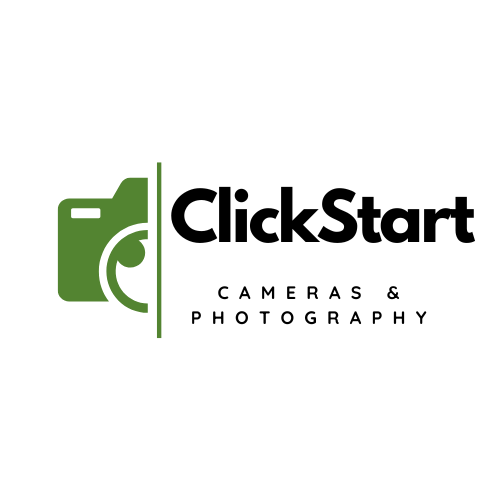The Sunny 16 Rule in Modern Photography
In the world of photography, some techniques stand the test of time. One such principle is the Sunny 16 rule, which has been around for decades but remains as relevant as ever, even in the age of digital cameras. If you’re new to photography or looking to enhance your understanding of exposure in natural light, the Sunny 16 rule is an easy-to-remember guide for perfectly exposed photos in bright sunlight. In this blog post, we’ll break down what the Sunny 16 rule is, how it works, and why it’s still useful for modern photographers.
What is the Sunny 16 Rule?
The Sunny 16 rule is a simple exposure guideline for outdoor photography in bright sunlight. It helps you determine the correct exposure settings without using a light meter. According to the rule, on a bright, sunny day, you should set your aperture to f/16 and your shutter speed to the inverse of your ISO setting.
For example, if you’re shooting in bright sunlight with an ISO of 100, the rule suggests setting your aperture to f/16 and your shutter speed to 1/100th of a second. If your ISO is 200, your shutter speed should be 1/200th of a second, and so on.
Why is the Sunny 16 Rule Still Relevant?
Even with the advent of advanced camera metering systems, the Sunny 16 rule remains a valuable tool for photographers, particularly when shooting in manual mode or when metering systems struggle with challenging lighting conditions. Here’s why it’s still relevant in modern photography:
1. Manual Exposure Control
The Sunny 16 rule empowers photographers to take control of their exposure settings, making them less reliant on their camera’s automatic modes. Understanding the relationship between aperture, ISO, and shutter speed allows photographers to make creative decisions, especially when shooting in manual mode.
2. A Reliable Backup
While digital cameras are equipped with precise light meters, they can sometimes be fooled by extreme contrast or backlighting. The Sunny 16 rule offers a reliable backup for achieving proper exposure when your camera’s meter might struggle. It’s especially useful when shooting in conditions with predictable lighting, like sunny landscapes.
3. Practice with Exposure
For beginners, the Sunny 16 rule is an excellent way to practice mastering exposure. By experimenting with this rule, photographers can gain a deeper understanding of how aperture, ISO, and shutter speed interact to affect the brightness of an image.
4. Battery-Free Solution
If you ever find yourself shooting with a vintage camera or in a situation where your camera’s light meter isn’t working, the Sunny 16 rule provides a reliable, battery-free way to estimate exposure. This is especially helpful for film photographers who may not have the benefit of digital displays or light meters.
How to Use the Sunny 16 Rule in Different Conditions
While the Sunny 16 rule is designed for bright, sunny conditions, you can easily modify it for other types of lighting. Here’s a quick breakdown of how to adjust the aperture depending on the light:
- Bright Sunlight (Sunny 16): f/16
- Slightly Overcast (Sunny 11): f/11
- Overcast (Sunny 8): f/8
- Heavy Overcast (Sunny 5.6): f/5.6
- Open Shade or Sunset (Sunny 4): f/4
For each lighting condition, the same principle applies: set your aperture according to the light and adjust your shutter speed to match the inverse of your ISO setting.
Incorporating the Sunny 16 Rule in Digital Photography
Digital photography offers instant feedback, allowing you to quickly check if your exposure settings are correct. However, the Sunny 16 rule still serves as a valuable starting point, especially in outdoor conditions where lighting is consistent.
To incorporate the Sunny 16 rule into your digital photography workflow:
- Set your ISO and Aperture: Choose your ISO based on the lighting conditions (typically 100-200 in bright sunlight) and set your aperture to f/16.
- Adjust Shutter Speed: Set your shutter speed to the inverse of your ISO. For example, if your ISO is 100, your shutter speed should be around 1/100th of a second.
- Review and Adjust: After taking a shot, review your image on the camera’s display. If it’s too bright or too dark, adjust your settings accordingly while keeping the rule as your baseline.
Conclusion: The Timeless Value of the Sunny 16 Rule
In today’s fast-paced, digital photography world, it can be easy to overlook traditional techniques like the Sunny 16 rule. However, this simple guide to exposure remains a powerful tool, offering photographers a quick and reliable method to achieve well-exposed images in bright sunlight. Whether you’re just starting out or you’re a seasoned pro, the Sunny 16 rule is a valuable piece of knowledge that can help you fine-tune your photography skills and gain more creative control over your shots.
So, next time you’re out in the sun, give the Sunny 16 rule a try—you might just be surprised by how effective it can be!


